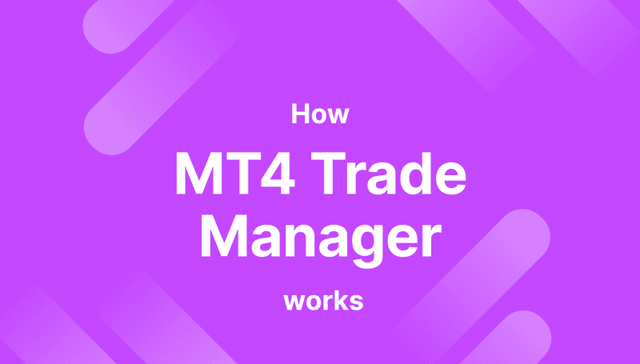DAX Performance Index: Top Stocks and Trading Strategies

Most stock traders focus on US shares, which is reasonable given the significant importance of that market and the companies in the list.
However, many overlook the European and Asian markets, where you can find some gems that have different characteristics, listings, and volatility, which could resonate better with your trading strategy.
Germany has one of the largest economies in the world, and its stock index, DAX, holds a considerable value in European markets. Many investors prefer the smaller scope of these indices that include fewer companies than US exchanges.
Let’s review the DAX performance index and highlight its top stocks.
Key Takeaways
- DAX is a stock index that tracks the top 40 stocks in Germany.
- The German Share Index constitutes 80% of the Frankfurt Stock Exchange’s value.
- DAX performance-index benchmark tracks underlying companies’ price changes and dividend value, including Adidas, Airbus, and BMW.
What is The DAX Performance Index?
DAX, or Deutscher Aktien Index, which translates into “German Share Index,” is a stock market index for companies and publicly traded stocks in Germany.
This benchmark comprises the most important organisations in the Frankfurt Stock Exchange, Germany’s largest stock marketplace. It includes 40 companies like Allianz, Adidas, and Siemens.
The DAX performance index measures the trading activity of the top 40 stocks and calculates their value using the free-float methodology. The top 40 firms represent around 80% of the Börse Frankfurt.
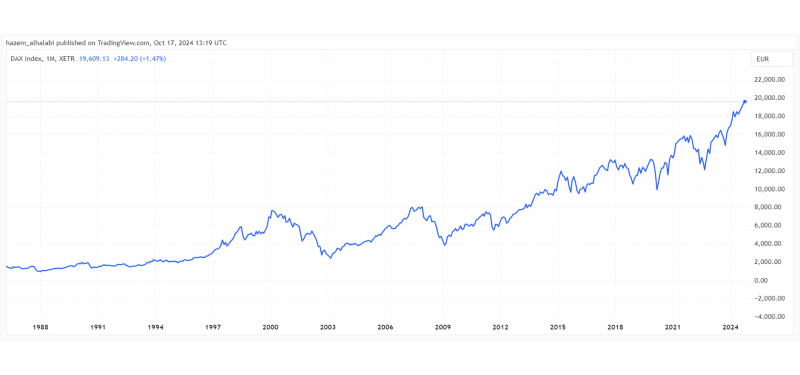
DAX was established in 1988 and initially had 1,000 points. However, today, it is valued at over 19,600 points. Moreover, it was created with 30 companies and was extended to 40 in September 2021 to instil market stability and diversification.
DAX Performance Index Compared to Non-US Indices
Some of the largest non-US indices include the UK’s FTSE 100 and Japan’s Nikkei 225. However, German markets have been growing recently, overtaking the UK index and coming closer to Japanese stocks.
Germany is an export-driven country, with a heavy concentration on automaking, financial services and industrial products, making it prone to global macroeconomics and trade.
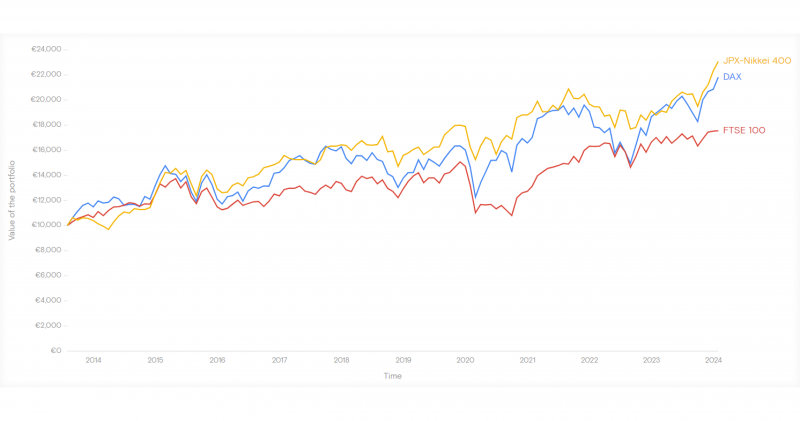
Is DAX Better Than S&P 500?
The S&P 500 is a price benchmark for the best 500 companies in the United States, with an enormous capitalisation of over 45 trillion.
Have a Question About Your Brokerage Setup?
Our team is here to guide you — whether you're starting out or expanding.
On the flip side, DAX tracks performance, which includes dividend payments, providing a higher total return index. Moreover, DAX money has a superior growth potential due to its heavy reliance on industry and manufacturing.
Index Calculation Methods
Unlike the NASDAQ and S&P 500, DAX tracks listed companies’ performance and reinvented dividends, which gives a broader picture of the DAX share outlook and revenue.
It uses the free-float method to calculate the stock weighting in the overall index and the average trading size.
This approach evaluates a company’s market capitalisation using outstanding shares available for public trading, excluding privately held shares and treasury stocks. This methodology provides accurate insights into market data and traders’ activities.
Top Stocks in The German Share Market DAX
The 40 companies included in this benchmark massively affect the overall local economy and German stock markets. Let’s review the top five DAX shares that you can invest in.
Listing Requirements
As of end-2023, over 400 companies existed in the Frankfurt Stock Exchange. However, only the best 40 make it to the DAX performance index. Here are the listing criteria for this ranking.
- The company must be publicly traded on the Frankfurt Exchange.
- The company must be in the largest 40 free-float cap in Germany.
- Free-floating shares must be over 10% of the outstanding shares.
- The daily trading value must be among the top 40 companies.
- The headquarters (legal or operational) must be in Germany.
- Must adhere to the European standards in financial reporting.
SAP (€210 per share)
SAP is a leading software development and business systems provider offering operation management and CRM solutions. It is the largest DAX40 company with €258 billion market capitalisation.
SAP stocks have been surging consistently this year, from €137 to €210, registering over 50% growth between January and October.

Adidas (€225 per share)
Adidas is a renowned sportswear manufacturer with a broad range of sports apparel, sneakers, running shoes, bags, and accessories. The company has been expanding globally with growing sales and sustainability developments, focusing on eco-friendly products and partnerships.
ADS stocks have grown by 23% this year, climbing from €180 to €225.
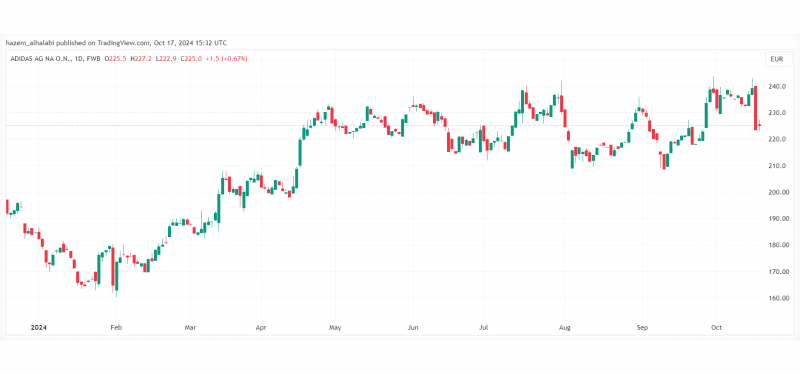
Airbus (€141 per share)
A manufacturer of aerospace products and services, including aircraft, helicopters, and defence and security systems. The company has recovered financially with the increasing demand for commercial air travel and airplanes. It is an aviation pioneer with massive potential in the space market.
Airbus prices have been performing well this year, starting at €140 in January and peaking in March at €171 before resuming to €141 by Q3.
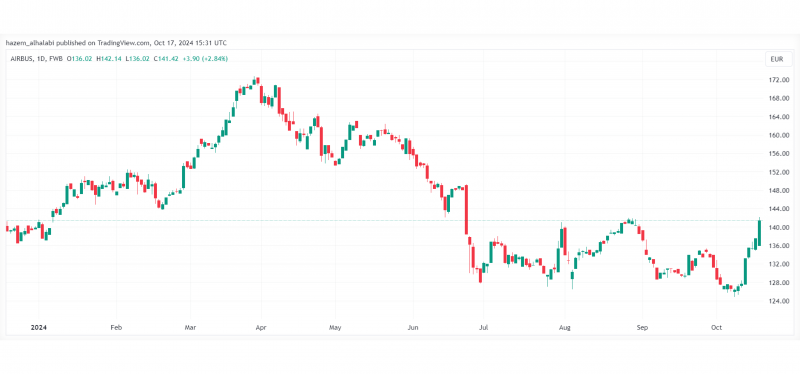
Allianz (€302 per share)
Allianz is a globally famous asset management and insurance company performing closely similar to financial markets. As such, it is delivering solid results due to robust expansions into digital platforms and emerging markets.
ALV stock price has grown substantially this year, starting at €244 in January and reaching €302 for the first time in 23 years since 2001.
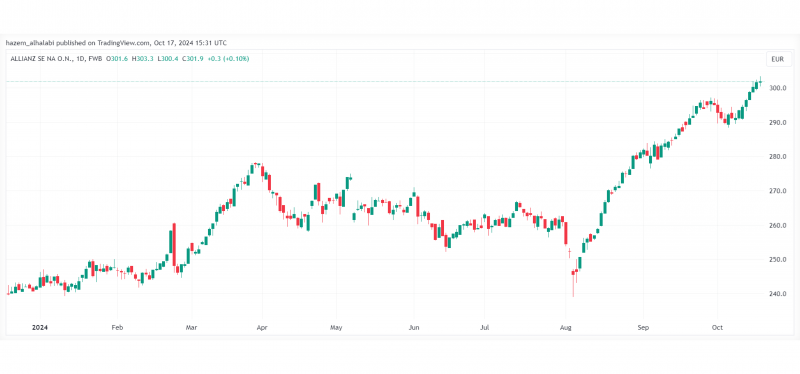
Deutsche Bank (€16 per share)
One of the largest financial institutions in Germany and the world. It offers market-leading investment, insurance, asset management and corporate finance. The bank focuses on private and retail banking services, which have been performing quite well this year.
DBK stocks are surging at a 30% rate in YTD figures and 60% in YTY, exceeding €16 for the first time since 2017.
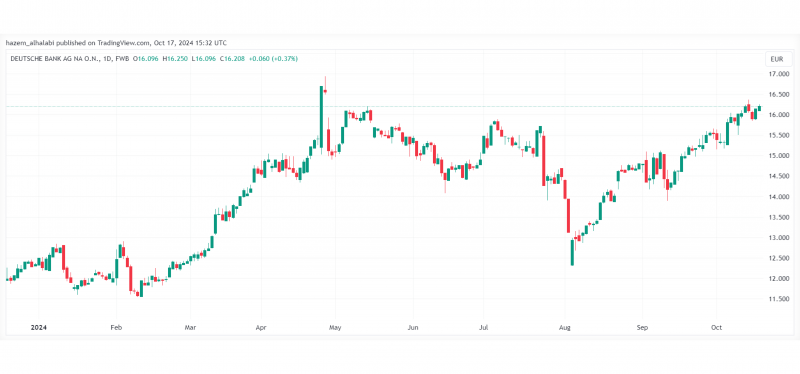
Linde plc is a German gas, chemicals, and engineering company that was #1 on DAX40. It got delisted in 2023 because its outstanding shares exceeded 10% of the weighted index value, which violates the listing regulations.
The Best 3 Trading Strategies
Trading in the DAX performance-index stocks does not differ from US or Chinese indices. However, given its distinct market conditions and characteristics, here are the top 3 investment strategies.
Trend Trading
The trend-following strategy entails confirming a market price direction and executing matching orders. If prices go upward, buy orders are suitable, and if the market goes down, going short is a better option.
Discover the Tools That Power 500+ Brokerages
Explore our complete ecosystem — from liquidity to CRM to trading infrastructure.
This strategy works in the German stock index because it is not a developing market, and trends usually keep their movements before recovery.
Range Trading
The range trading strategy requires switching positions between both sides of the market. As a developed market with a stable economy, the support and resistance levels are usually well-established.
As such, you can earn from long and short positions as the market cycle shifts between upward and downward fluctuations.
Breakout
The breakout trading strategy requires waiting for the market price to break out of the support and resistance limits and establishing a new trend.
Since DAX40 is smaller than the S&P 500 or Nikkei 400, when the price breaks out, other market participants change positions and join the other side of the trade, causing a more consistent breakout direction.
Conclusion
The DAX performance index is a German stock benchmark that measures the top 40 stocks in the Frankfurt Stock Exchange using price changes and dividend payouts. This index relies on the industrial manufacturing and automotive market due to the nature of the German economy, providing numerous growth opportunities.
Despite being smaller than most US indices, its free-float measurement reflects more accurate tracking, especially total returns.




